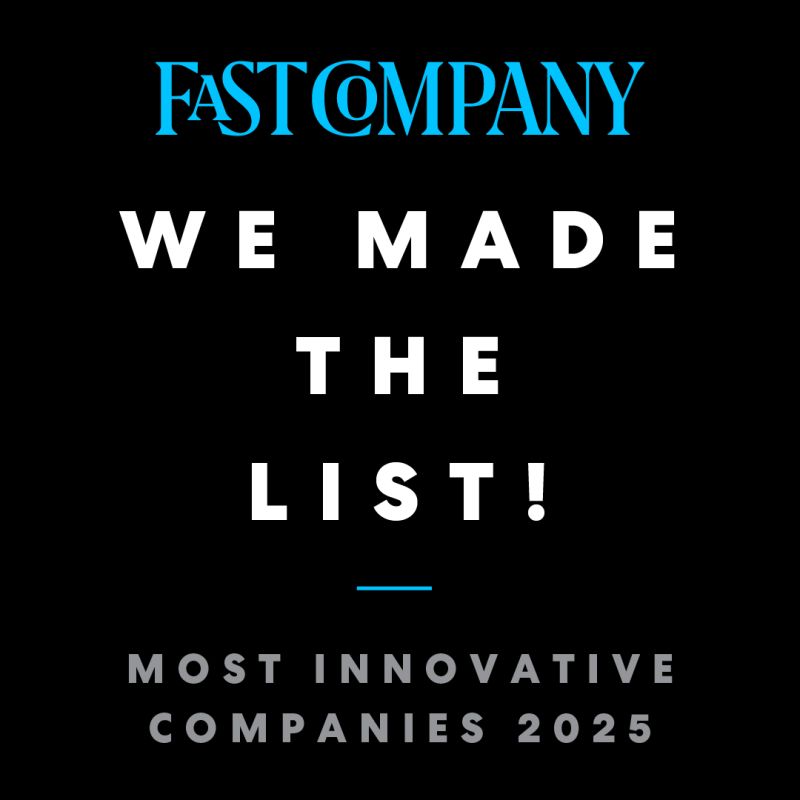What An Inefficient PO Process Really Costs You

Successful contractors know that staying in business has a lot to do with managing cash flow. Construction companies have to put out money on supplies to keep a job running, and manage their funds carefully until the next milestone payment comes due. In this fine balance, every dollar out the door counts, including those spent on internal processes like managing purchase orders.
Your purchasing team has been challenged lately by shipment delays, manufacturing shut-downs, and supply chain stops-and-starts, making material sourcing more difficult than ever. Some companies have totally changed the way they manage their supplies, stockpiling materials to make sure they have what they need.
Given these challenges, it’s more important than ever to make sure your purchasing team is working efficiently.
What Does the Purchase Order Process Usually Look Like?
Purchase orders are such a huge part of doing business for contractors and trade specialists, so there’s got to be a tried-and-true way to get materials to site, right?
{{banner-1}}
Well, sort of. The traditional process is heavily dependent on manual work. It usually goes something like this:
- Requests for materials come in from the field to the purchasing teams over phone, text, or email
- Purchasing teams order materials from suppliers over email or via phone call
- Communications about the orders travel back and forth over email and phone calls, between suppliers and field teams
- Orders and POs are received by purchasing teams in PDF documents, tracked on spreadsheets, and manually logged into accounting systems
For anybody who knows this process, it all seems perfectly normal but take a minute to consider all of the time spent on email chains and phone messages, and you’ll see the time savings you could realize by improving how your purchasing team handles materials requests.
How Much Does Your PO Process Really Cost?
Aside from material costs, the next largest expense on a contracting job is labor, and much of that labor is used in sourcing, ordering, locating, unpacking, and returning materials. Field teams at companies ranging between 51 to 250 employees send about 27 requests for materials for a single job - that amounts to a lot of back-end work!
Office and purchasing staff at even a small contracting company each spend over an hour every week dealing with this stuff. At a larger company, each team member spends as much as two hours each week just handling materials requests and communicating about deliveries.
Add on additional purchasing time for supplier communications (1-3 hours per team member, per week), and data entry (6-17 hours per week, per person), and you start to see how much overhead your materials procurement process is costing you.
Given the average time spent on these processes and the average salary for a purchasing agent, you could be paying $19,000 a year for every purchasing agent on staff, just on your purchase order process.
Margins are tight in construction, so you need to realize every efficiency you can. Finding low-cost suppliers is a great start, but managing your PO process can help you control costs within your own company.
There is a Better Way
When you see those numbers laid bare, it’s pretty clear that there is a lot of room for improvement in your purchasing process. Luckily, there are digital tools specifically designed to pare down the time your team spends on materials procurement, in a few key ways.
{{banner-2}}
Better Communication
A lot of the process described above involves clunky communication between teams.
Emails have a lot going for them – they’re accessible and easy to use – but they also suffer a lot of downfalls.
- Messages are stored under an individual’s account and aren’t visible to others
- The large volume of emails teams send in a day could lead to lost or missed messages
- Messages aren’t organized for easy reference
Phone calls can relay information quickly, but don’t leave a written record to look back on, and text messages suffer many of the same downfalls as emails.
Dedicated messaging systems that streamline communications between field and office teams, materials suppliers, and warehouse staff, can keep all the details straight and reduce the time and effort purchasing teams put into each order.
Reduced Data Entry
Contractors often store data about materials use, inventory, and cost on spreadsheets. Spreadsheets are great (all those columns and rows!) but are highly error-prone.
Not only that, every piece of information entered into a spreadsheet has to be entered again somewhere else to be of any use. Think about it: you enter material prices into a spreadsheet, then reenter it into your accounting software, and later onto a project report.
All that data entry takes time away from more useful tasks. Tracking PO information in a dedicated system can reduce errors and curtail the extra work by automatically populating purchase order data into your accounting system
Less Effort
Field teams wouldn’t go far without their supplies, but they also don’t want to spend their days on email to ensure those supplies arrive when needed.
Wouldn’t it be nice if ordering supplies was as easy as clicking a button? It really can be that simple. With Kojo, purchasing teams can customize available product lists, so field teams can point and click requests back to the office or to their suppliers.
Efficiency Pays Off
Workers in a contracting business will always have to spend some time requesting, sourcing and ordering materials, and then accounting for the costs. But the process can be streamlined so that your team can accomplish more, by cutting down the time spent on inefficient communications, data entry and reentry, and on buying and tracking materials. Imagine what your teams can accomplish when they have more time to plan ahead and more time negotiate quotes. There’s real dollars to be gained when your processes are streamlined.
Ready to find out more about how to make your purchase order process more efficient? Book a demo with Kojo today!
Related posts


Wesco Partners with Kojo to Solve Complex Purchase Orders For Contractors


Kojo Named One of Fast Company’s Most Innovative Logistics Companies of 2025




.png)
%201.svg)